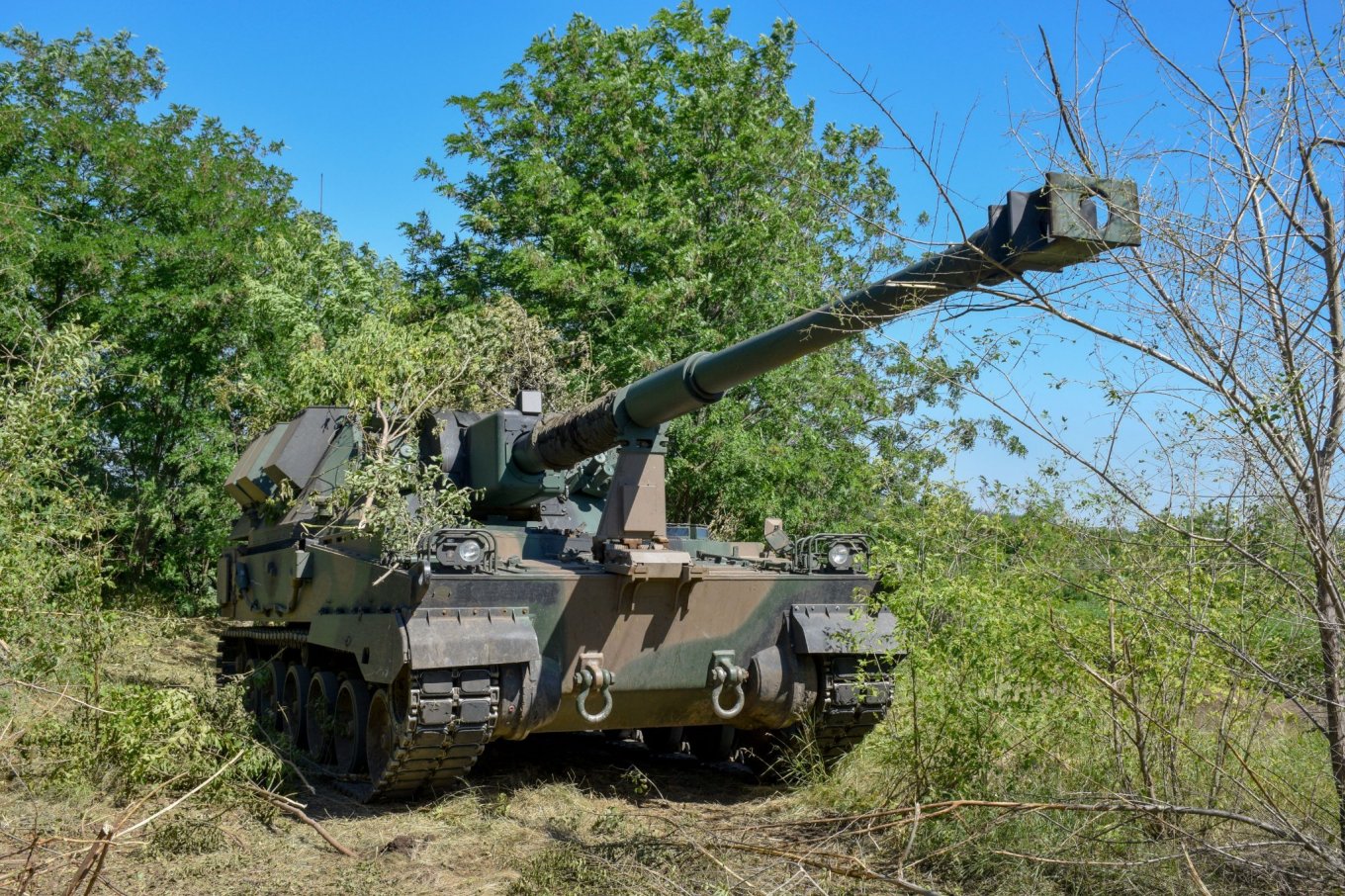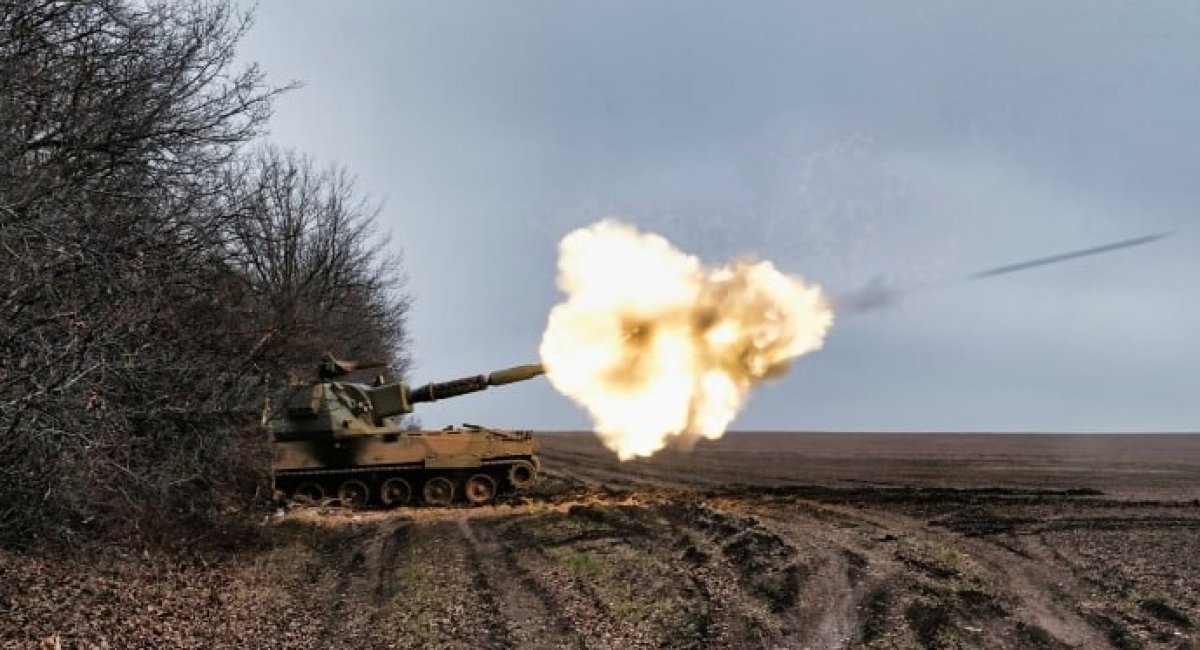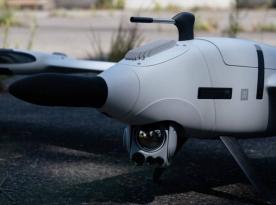Starting spring or summer of last year, the Armed Forces of Ukraine have been wielding the AHS Krab self-propelled howitzer of Polish manufacture. The artillery system turned out to be good enough for Ukraine to order 54 more pieces from the manufacturer in June 2022, in addition to the 18 units delivered from the stocks of the Polish Army.
Over a year has passed since then, and Oleksandr Kovalenko, a Ukrainian analyst covering military affairs for the Information Resistance project has shared some conclusions about the Krab's effectiveness on the frontline.
Read more: Landmines Against Drones: Exotic Anti-Helicopter Mines Could Become an Effective Protection Against russian Lancet Loitering Munitions

He started by pointing out the weakness, discovered during real combat application. The thing is, Krab howitzer armor can only protect against bullet fire and fragmentation but wasn't enough to withstand a russian Lancet loitering munition with its 1 or 3 kg high-explosive warhead.
According to Kovalenko, at least 20 Krabs have fallen in battle, either destroyed or damaged. Of them, 10 got hit with russian Lancet suicide drones.
Ukrainian artillerymen tried to solve the problem by putting "mesh protection" over the vehicle, which could refer to a simpler wire mesh or slat armor. It was partially effective because Lancet hits with an "archaic Soviet-era munition held in place with construction foam without balancing".
As a reminder, the 3-kg Lancet-3 drone uses the KZ-6 demolition shaped charge as a warhead. This loitering munition became a "scourge" for the Polish artillery systems, Kovalenko says.

On the other hand, the outstanding maneuverability of AHS Krab was the reason why the system got rarely caught under counter-battery fire.
"Burst fire of 3 rounds a time over 10 seconds has proven very effective," the analyst noted.
Also, the internal systems of Krab turned out to be reliable and fatigue-resistant in extreme conditions, especially in cold. Although Kovalenko remembers an episode that took place in October 2022 – a period of increased use of artillery on the Ukrainian frontlines. One Krab suffered a barrel burst due to excessive exploitation of the gun. However, it was the sole case that never occurred to a Krab again.
On a side note, the same problem was pertain to Panzerhaubitze 2000 howitzers in service with the Ukrainian forces. Laking in artillery systems, Ukrainians are forced to use the available weapons despite going far beyond the limits and estimated mean time between failures.
Another problem pointed out by the military analyst is that AHS Krab is hard to repair in field conditions. Capital repairs always required evacuating the vehicle to the rear and even some basic works were sometimes impossible to finish outdoors.

Nonetheless, the Polish artillery system still proved to be more reliable, precise, far-reaching, agile, and autonomous than self-propelled counterparts in Ukraine's own artillery arsenal, mostly comprised of more primitive Soviet-era weapons. On the other hand, if something does go wrong, these primitive weapons were easier to put back together in field conditions than the state-of-art Polish howitzer.
Read more: The Total Amount of Security Aid That Poland Provided to Ukraine was Announced














